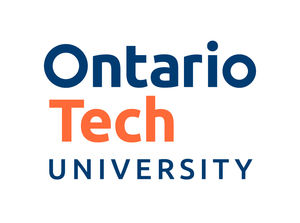Modelling, inspection, and post-processing of layer-based additive manufacturing surfaces to maintain product quality
Abstract
Today’s Additive Manufacturing (AM) is mostly layer-based. Despite AM’s great capabilities in fabrication of complex geometries, product’s surface roughness is a limiting factor in many industrial applications. Therefore, application of AM parts in industrial services highly relies on appropriate modeling, inspection, and post-processing of the fabricated surfaces. A thorough investigation of surface roughness to improve surface quality of AM products is the focus of this thesis by developing methodologies to complete the three tasks of modelling, inspection, and post-processing of AM surfaces.
A theoretical formulation to model surface roughness of layer based manufactured parts is developed by defining centerline using a Total Least Square (TLS) approach and the model is validated experimentally. The developed model is also used for surface topography of AM parts as a new metrology approach. Optical scanning data point cloud of Fused Deposition Modeling (FDM) parts are used to conduct inspection based on the developed methodology. 3D topography of the surfaces are reconstructed when a good agreement with the corresponding 2D profilometer inspection is observed. Acetone vapour bath smoothing is used for post-processing of FDM parts. The number of smoothing cycles, and the duration of each cycle are considered as the main smoothing parameters. Effect of geometric complexity and smoothing parameters are studied and the best smoothing settings are proposed for a desired level of smoothing requirement. The developed experimental models allow engineers to plan the smoothing process based on the build orientation and geometric complexity of the product.

